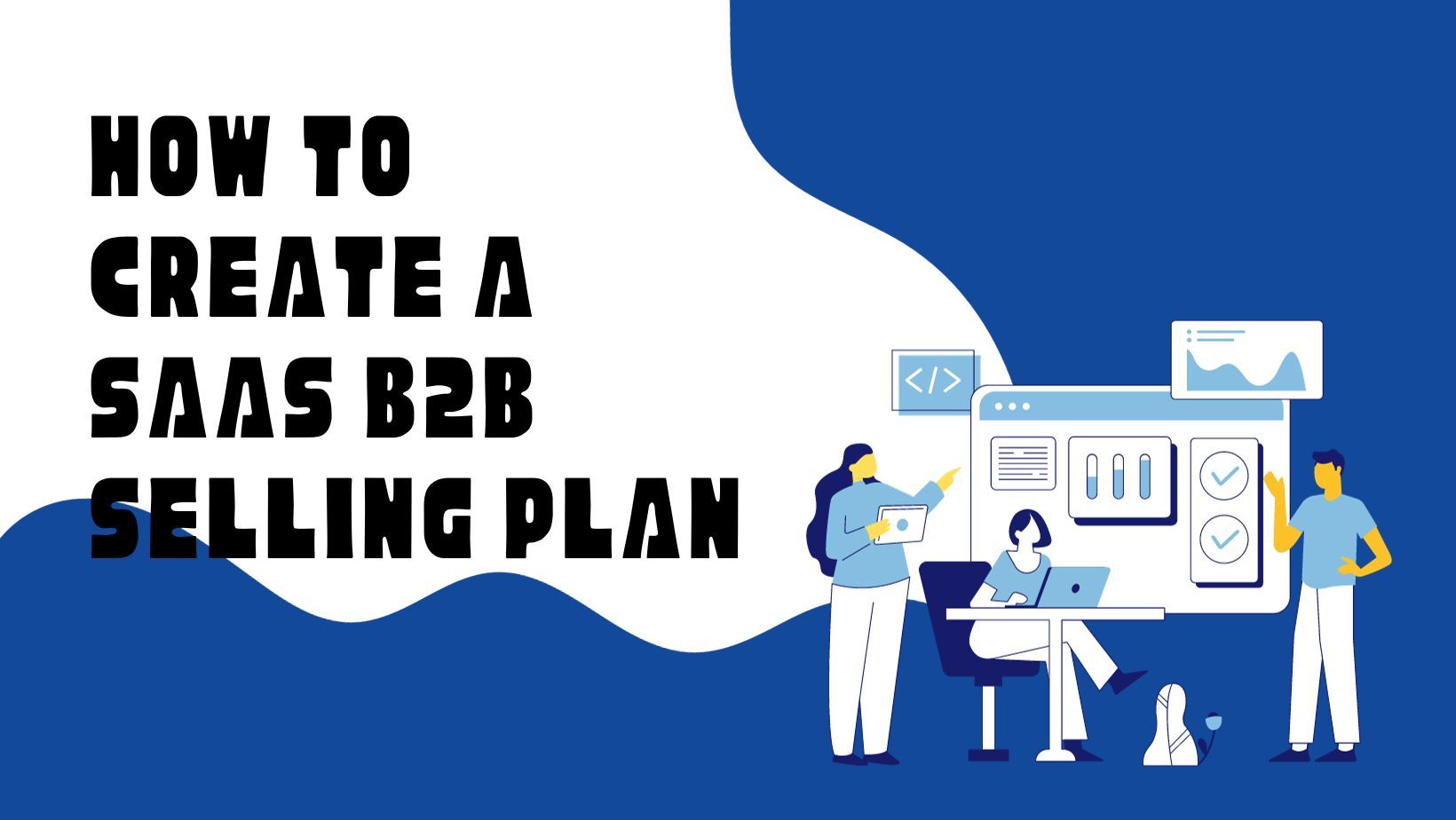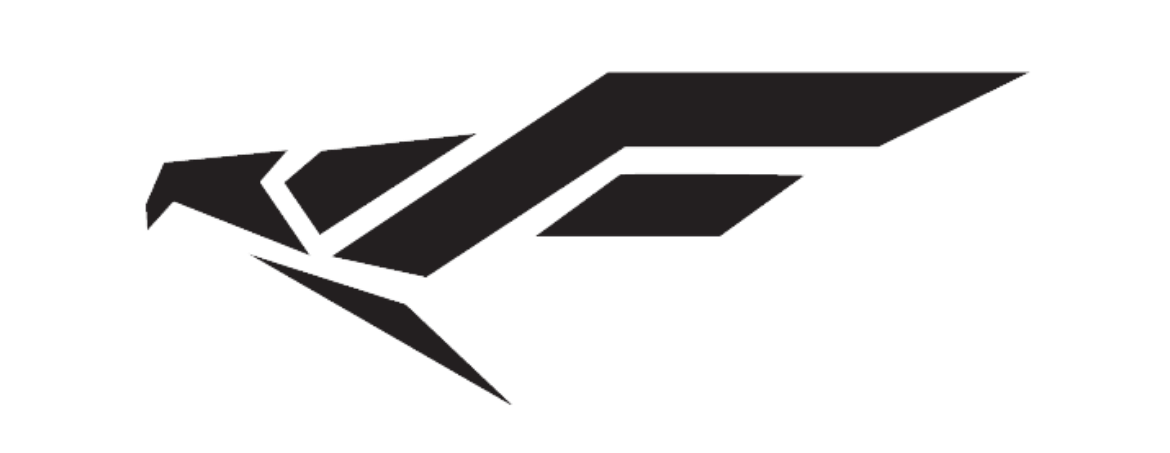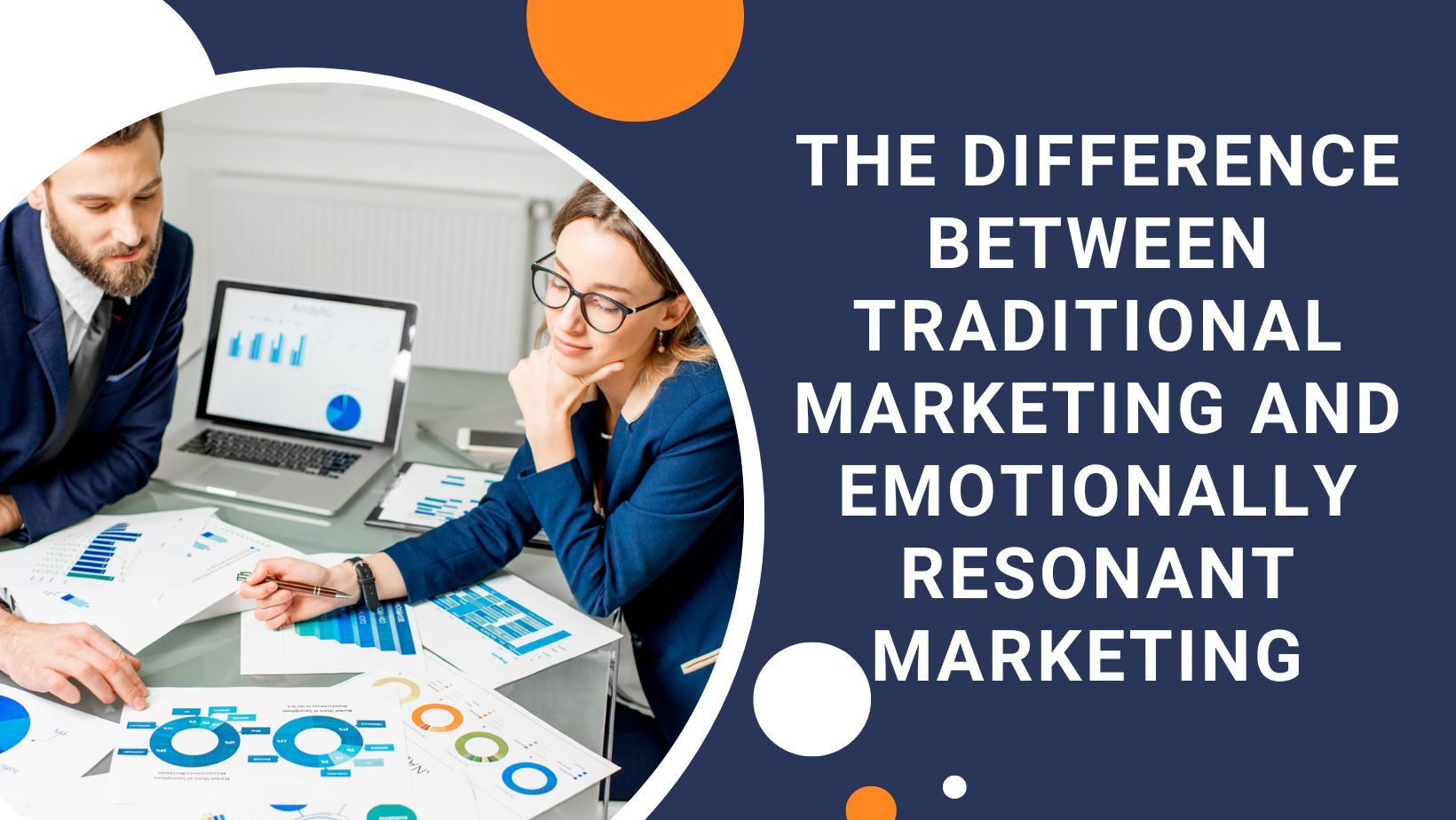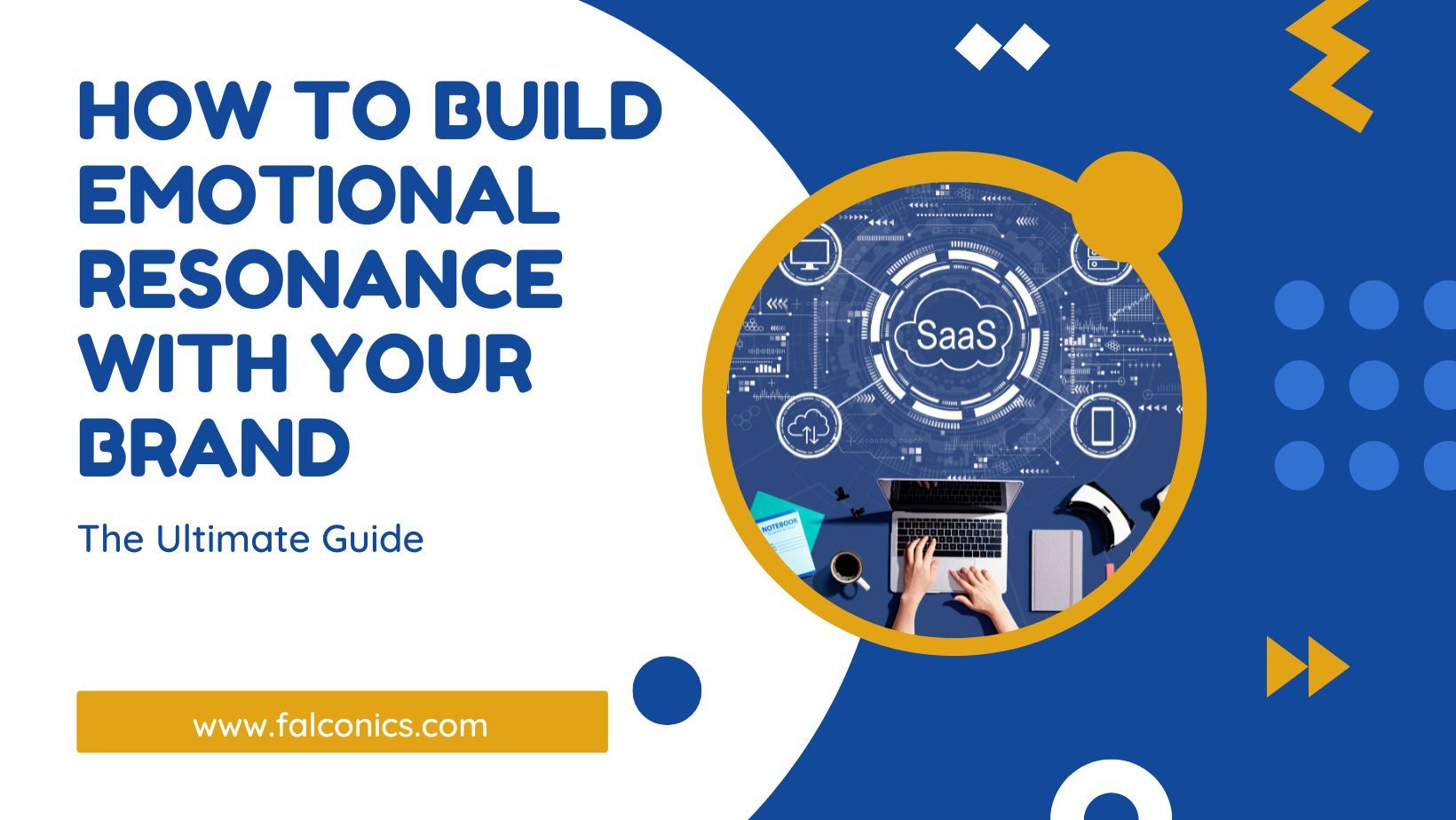How to Create a SaaS B2B Selling Plan

The SaaS industry is a multi-million dollar industry which means it's not just about having a cool product anymore. You're up against some of the brightest minds behind these products. So, what's the secret to standing out? It's definitely not your average 'A to Z' strategy that you've read a million times online. To make a real impact, you've got to think out of the box. In this blog, we're going to show you how you can take your B2B SaaS product from just another option to a must-have product.
How B2B SaaS Approaches Differ From Other Strategies
In B2B, or 'business-to-business', you're not selling to individual people like you and me. You're selling to other businesses. This changes the game in a couple of key ways.
First off, the decision-making process is longer. When a business is looking to buy a SaaS product, it's not an impulse buy. They think it over, weigh the pros and cons, and often, a bunch of people are involved in making that final call.
Secondly, it's all about relationships. In B2B, building trust is crucial. You're not just selling a product; you're offering a solution to help another business succeed. So, your approach needs to be more about understanding their needs and less about the hard sell.
Lastly, think about value, not just price. Sure, everyone loves a good deal, but businesses are more interested in what your SaaS product can do for them in the long run. Will it save them time? Money? Make their processes smoother? That's what they really care about.
How to Create a 5-Step B2B SaaS Selling Plan
Here’s how to create a 5-step B2B SaaS Selling Plan:
Step 1: Lead Generation
Lead Generation is all about finding people who might be interested in what you're selling. For B2B SaaS, this means figuring out where your potential customers spend their time online. Are they scrolling through LinkedIn? Reading industry blogs? Attending tech conferences? Once you know where they are, you can start putting out content that catches their eye – like helpful articles, free webinars, or industry reports. The goal is to get them interested enough to know more about your product.
Step 2: Outbound Prospecting
The next step is outbound prospecting. This is all about actively reaching out to potential customers who might benefit from your SaaS product. But instead of just cold calling or sending random emails, think smarter. Use the information you gathered during lead generation to personalize your approach. Send them an email or a LinkedIn message that speaks directly to their business needs and challenges. Maybe mention an article they wrote or a problem they discussed at a conference. The key here is to make it clear that you're not just selling a product, you're offering a solution to a problem they actually have.
Step 3: Sales Qualification
Think of this step as a 'getting to know you' phase with your potential customers. It's where you figure out if the person or company you're talking to is actually a good fit for your product. Not everyone will be, and that's okay. This step saves you and your potential customer a lot of time. Ask questions to understand their needs, budget, decision-making process, and timeline. Are they just curious, or are they seriously shopping for a solution? Do they have the budget for your product? Can your product solve their specific problems?
Step 4: Demos
Here's where you get to show off your product in action so that potential customers can imagine how it could fit into their business. In your demo, tailor it to what you learned about the potential customer during the qualification stage. Highlight features that solve their specific problems. Keep it interactive – ask for their input, answer questions, and show that you're not just running through a script.
Step 5: Close the Deal
This is the moment you've been working towards - sealing the deal. But remember, closing is not just about getting a signature or a payment. It's about ensuring that your potential customer is fully on board and excited about what's to come. At this stage, address any last-minute concerns they might have. Be clear about the terms, the support they'll receive, and what success with your product looks like. Make the process as smooth as possible. Maybe it's helping them through the paperwork, setting up an onboarding call, or outlining the next steps post-purchase. The goal here is to leave them feeling confident about their decision and assured that they've made the right choice with your product.
Summary
In conclusion, creating a SaaS B2B selling plan doesn't have to be complicated. By following these simple and actionable guidelines, you can develop a SaaS selling plan that resonates with your target audience.
Looking for expert guidance in navigating the world of B2B SaaS marketing? Check out Falconics, your trusted partner in driving SaaS success. Contact us today more information about our services.
Ready To Take It To The Next Level?
Sign up to our newsletter
Congratulations on taking the first step to upgrading your social!
Our team will be reaching out to you in the next few hours.
Have the best day!
Please try again later
Contact us
Phone: (407) 798-7611
Address:
Email: contactus@falconics.com
Menu
All Rights Reserved | Falconics Agency ™️ | Terms & Conditions | Privacy Policy




